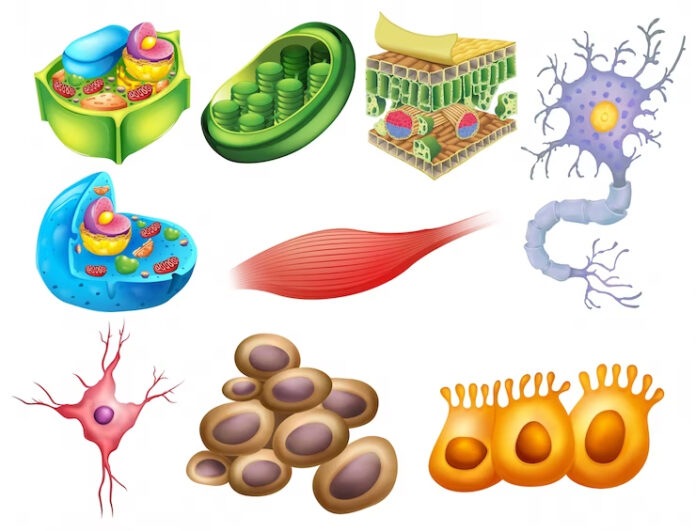Maryland, USA: The National Institutes of Health is launching a new program, the Common Fund’s Somatic Mosaicism Across Human Tissues (SMaHT) Network, that aims to transform our knowledge of how much genetic variation there is in the cells and tissues throughout our bodies. Somatic mosaicism is a type of genetic variation that arises when our somatic (non-reproductive) cells are genetically different from each other. This somatic genetic variation occurs when some of our cells accumulate DNA changes over time. Somatic mosaicism can alter how cells function and may influence human development, disease, aging, and other physiological measures across the lifespan. The SMaHT Network, with awards totaling $140 million dollars over five years, pending availability of funds, seeks to discover and catalog the breadth of somatic mosaicism in human tissues.
“As somatic mosaicism can occur in any cell type in our bodies, it could have wide-reaching impacts on our health. The breadth of mosaicism’s reach makes it unwieldy for just one NIH Institute or Center to address alone,” said Robert Eisinger, Ph.D, acting director of NIH’s Division of Program Coordination, Planning, and Strategic Initiatives, which provides financial support and joint leadership for the network via the NIH Common Fund. “This makes the study of somatic mosaicism a good fit for an NIH Common Fund program, since it was established to catalyze research within the broad mission of NIH.”
Although somatic mosaicism can occur in all tissues, is a major contributor to cancer, and can be caused by both outside exposures and a person’s own internal biological processes, its full impact on human health and disease is unknown. By cataloging somatic mosaicism in normal human tissues, the SMaHT Network will provide foundational knowledge that will enable research on the role that somatic genetic variation plays in human development and aging, as well as a wide range of diseases and disorders, including undiagnosed diseases and disorders of the brain, muscle, skin, and immune system. Additionally, given the contribution of somatic cell mutations to cancer, this effort has the potential to support President Biden’s goal of ending cancer as we know it as part of the Cancer Moonshot.
The SMaHT Network builds on other landmark projects, like the Human Genome Project and the Common Fund’s Epigenomics Program, by overcoming challenges to studying parts of our DNA that have long thwarted traditional DNA sequencing tools. For instance, cell- and tissue-specific genetic changes often occur in rare populations of cells and can exist in repetitive DNA regions that are difficult to characterize reliably. Furthermore, the extent of somatic mosaicism in humans may be influenced by the relative timing of the genetic change. The SMaHT Network will develop state-of-the-art technologies to better detect somatic mosaicism in different cell types and tissues and across human life stages.
Walter Koroshetz, M.D., the director of NIH’s National Institute of Neurological Disorders and Stroke (NINDS), noted that “advancing technologies to identify somatic mutations, including those due to movement of transposable elements or so called ‘jumping genes,’ over time, will lead to a new understanding of age-related disorders.”
NIH has issued 22 awards to establish the SMaHT Network, components include:
- Procurement center to collect a common set of 10-15 tissues from 150 post-mortem human donors
- Genome characterization centers to identify and describe the diversity of somatic genetic variation in the tissues
- Data analysis center to create a catalog of this somatic genetic variation and a data workbench to visualize and analyze the variation which will integrate with existing genetic tools and databases
- Tool development projects to create new DNA sequencing and analysis technologies that address challenges in detecting rare genetic changes that occur in regions of repetitive DNA sequences and in small populations of cells
- Organizational center to coordinate the Network’s activities and distribute Network resources to the research community.
To ensure diverse representation, the SMaHT Network will sample tissues from a pool of human donors that include diverse ancestries and different life stages. The common set of tissues to be collected from each donor will represent different tissue types throughout the body and will likely include samples derived from the brain, blood, skin, muscle, colon, spleen, uterus, vas deferens, ovaries, and testis.
The SMaHT Network is an NIH-wide effort managed collaboratively by the NIH Common Fund, the National Human Genome Research Institute, the National Institute on Drug Abuse, the National Institute of Environmental Health Sciences, the National Institute of Mental Health, and NINDS.
–NIH news










